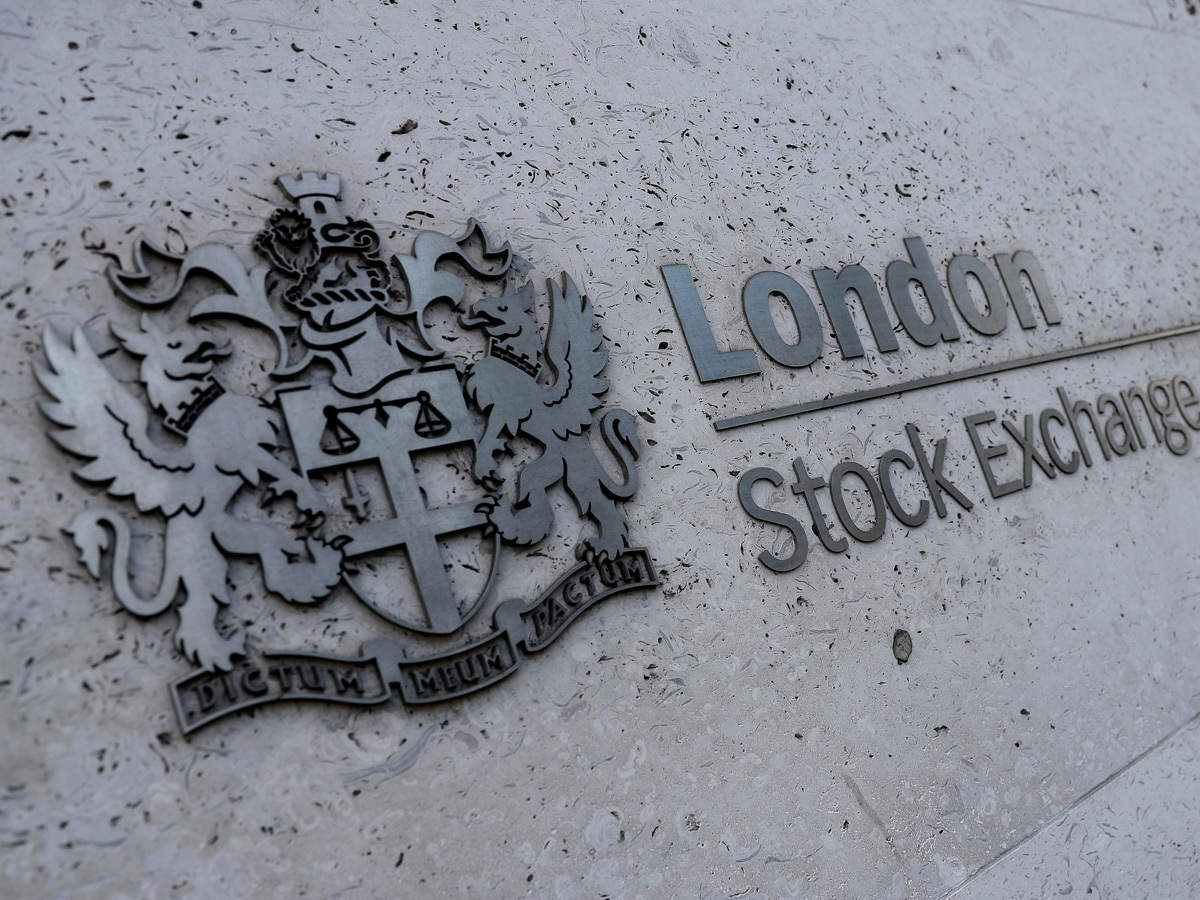After the proposed loosening of City rules to accommodate Spacs, institutional investors may have numerous new vehicles to dive into, for good or ill, says Andrew Holt.
The rapid rise and rise of the special purpose acquisition company (Spac) is one of the most debated issues in investment today.
The mania surrounding Spacs for some is a good thing, for others not so much. The reason Spacs have caught the imagination of investors is simple, just follow the money. In the US they have raised $87.9bn (£63.7bn) so far in 2021 – exceeding last year’s total issuance – according to data from Spac Research.
Spacs could be coming to London in numbers after a Rishi Sunak commissioned review of the London Stock Exchange rules suggested relaxing restrictions on Spacs as an important priority to ignite this “dormant” market segment.
The review, led by former EU commissioner for financial services Lord Hill, recommended removing a requirement for trading in Spac shares to be suspended during a takeover, as it is seen as a major barrier to adopting such vehicles. Lord Hill also recommended that the regulator look into the data that Spacs should disclose.
The end game here is obvious: to gain from a possible flood of Spac listings. With an open-door policy to Spacs, London could attract tech companies and other innovators and disruptors wanting to use the Spac route.
There is no doubt based on the US experience industries that grew during the pandemic like technology and biotech, are looking for immediate sources of capital to fuel faster growth.
It also comes after Amsterdam recently attracted the listing of a Spac launched by luxury goods group LVMH founder Bernard Arnault and former UniCredit chief Jean Pierre Mustier. This indicates the Dutch capital has been faster out of the blocks than London in becoming Europe’s centre for Spacs, thanks mainly to its more flexible listing rules. Something the UK is evidently now looking to rectify .
Growth capital
Spac advocates say they offer real benefits. Firstly, are the wider benefits connected to boosting public markets, which have been dwindling in numbers for some years, with a potential flood of listings offering a way of directing ample volumes of growth capital into the economy.
Secondly, for many institutional investors Spacs promise a higher return, in theory, without much extra risk. Spacs also offer investors the benefit of speed – they do not have to com- ply with all the rules that govern traditional flotations and listing fees are also low, until a deal is found.
Spac critics highlight other factors. A report, A Sober Look at Spacs, by academics Michael Klausner from Stanford Law School, Michael Ohlrogge from New York University School of Law and Stanford University’s Emily Ruan, cite two main problems.
First, that for a large majority of Spacs post-merger share prices fall, and second, that these price drops are highly corre- lated with the extent of dilution, or cash shortfall, in a Spac. “This implies that Spac investors are bearing the cost of the dilution built into the Spac structure, and in effect subsidising the companies they bring public. We question whether this is a sustainable situation,” the report said.
Spac investors pre-IPO, called sponsors, are the initial backers raising money for the so-called “blank-cheque” company that goes public. The company then looks for a privately-owned business to invest in. Spacs have been around for some time, cast previously as cash shells. One such vehicle was advertising conglomerate WPP. It grew through a series of acquisitions and now has a market capitalisation of £12bn.
Investors move in
Many institutional investors like the look of Spacs. They jumped into the first Swedish Spac, overseen by Stockholm- based investment company Bure Equity, to list on Nasdaq Stockholm, which raised around kr3.5bn (£300bn).
Sweden’s biggest pension funds: AMF Pensionsforsakring, AMF Fonder, the Fourth Swedish National Pension Fund, SEB Fonder and SEB-Stiftelsen invested about 60% of the total, representing a real commitment in the Spac.
Institutional funds also had $82.4bn (£59.8bn) in Spacs at the end of the fourth quarter last year, compared with $22.7bn (£16.4bn) a year earlier, according to Spac Research.
As long as the low-interest rate, low-yield environment persists, markets and investors will be on the lookout for increasingly sophisticated sources of return. Spacs fit the bill here.
On a longer timeframe, Stéphane Monier, chief investment officer of a private bank, said Spacs could be here to stay. “As long as the Spac market does not develop into a bubble, run out of credible companies to target, or become mired in lawsuits, these vehicles may offer an alternative route for companies to float on public markets.”




